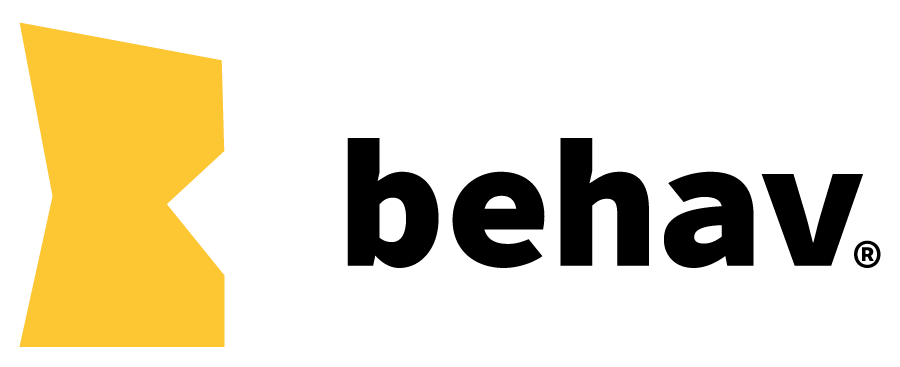The Making of
The Drive Grid™
Simplifying & structuring behaviour
Behaviour is a complex tapestry, woven from a multitude of influences and stages that can sometimes seem inexplicable. The Drive Grid™ model simplifies this complexity, offering a clear, structured, and actionable framework for understanding and influencing behaviour.
Our model examines two fundamental questions:
Are people ready?
Are people influenced?
These two questions enable us to breaks down the science of behaviour into the three stages of behavioural readiness—Direct, Shift, and Act—and the three layers of influence—Me, We, Oversee.
Each component of this 3x3 matrix interacts to shape the behaviour exhibited in your product, service, team or business.
Are people ready?
Think of readiness as a spectrum, a sliding scale from the nascent seed of an idea to the decisive action. It's about determining whether someone is at the starting point, in the middle, or on the verge of taking action. Most solutions interact with people when they aren't ready. So you need to know.
The Stages of Readiness:
Direct, Shift, Act
Direct - These are the undercurrents that guide potential behaviour. While they don't directly lead to action, they set the tone and create a disposition towards certain behaviours.
Picture a seed waiting in the soil, ready to sprout given the right conditions.Shift - Shift represents the pivotal moment where the underlying factors from the Direct stage begin to crystallise into action. This is the ignition point, where people begin to act.
Picture rain falling on the soil, only now - with this small shift - can the sprout break through the surface.Act - This stage concerns action continuity. It revolves around the elements that enable, reinforce, and support people in maintaining the chosen behaviour.
Same as needing to nurture a sprout intro a full-grown plant.
Let's give it an example we are all - in some way - familiar with: exercising.
Direct: There's an understanding of the need for physical activity, but no active steps have been taken yet.
Shift: A decision is made to start exercising regularly, inspired by a friend's weight loss journey.
Act: The person begins to regularly attend a local gym, participating in various fitness classes.
01.
Are people influenced?
Influence is the key that can unlock the door to behavioural change. It refers to the external or internal factors that sway our decisions, actions, and behaviours. No interaction is influence free. It's there and it's pushing people one way or the other. So we need to see the unseen influence before we suggest any solutions.
The Layers of Influence:
Me, We, Oversee
Me - At this layer, we focus on individual influences. We examine the factors intrinsic to the person at the heart of the action, exploring what drives them, how they think, and how they feel.
We - This layer is about social influence. We all desire acceptance and approval from our peers and are affected by the behaviour of those around us. This layer analyses how our social groups and communities influence our actions.
Oversee - This final layer observes how our environment shapes our behaviour. From the messages we receive to the structures and systems that guide our actions, this layer accounts for the broader context in which we operate.
What does this look like in relation to our example, exercising?
Me: Personal desire to be fit, the satisfaction of overcoming a challenging workout.
We: Friends or colleagues who also workout, a supportive gym community, others around us being physically active.
Oversee: Pro-Fitness messages are promoted by health organisations, gyms are within easy reach.
02.
Combining readiness and influence.
When readiness and influence interact we can pinpoint key drives of behaviour. Drivers we can use as an all-in-one roadmap to decode behaviour. Use them to discover insights, predict behaviour trends, and design your strategies for successful behaviour changes. Remember, understanding the currents of behaviour can help set the course for influencing it.
03.
Dig further into The Drive Grid
Meet The Drive Grid
The master framework behind reliable behaviours
Why Choose The Drive Grid
Unveiling the power of behaviour
How The Drive Grid Works
Decoding complexity, unveiling influence
The Drive Grid Components
Uncovering the nine behavioural drivers






